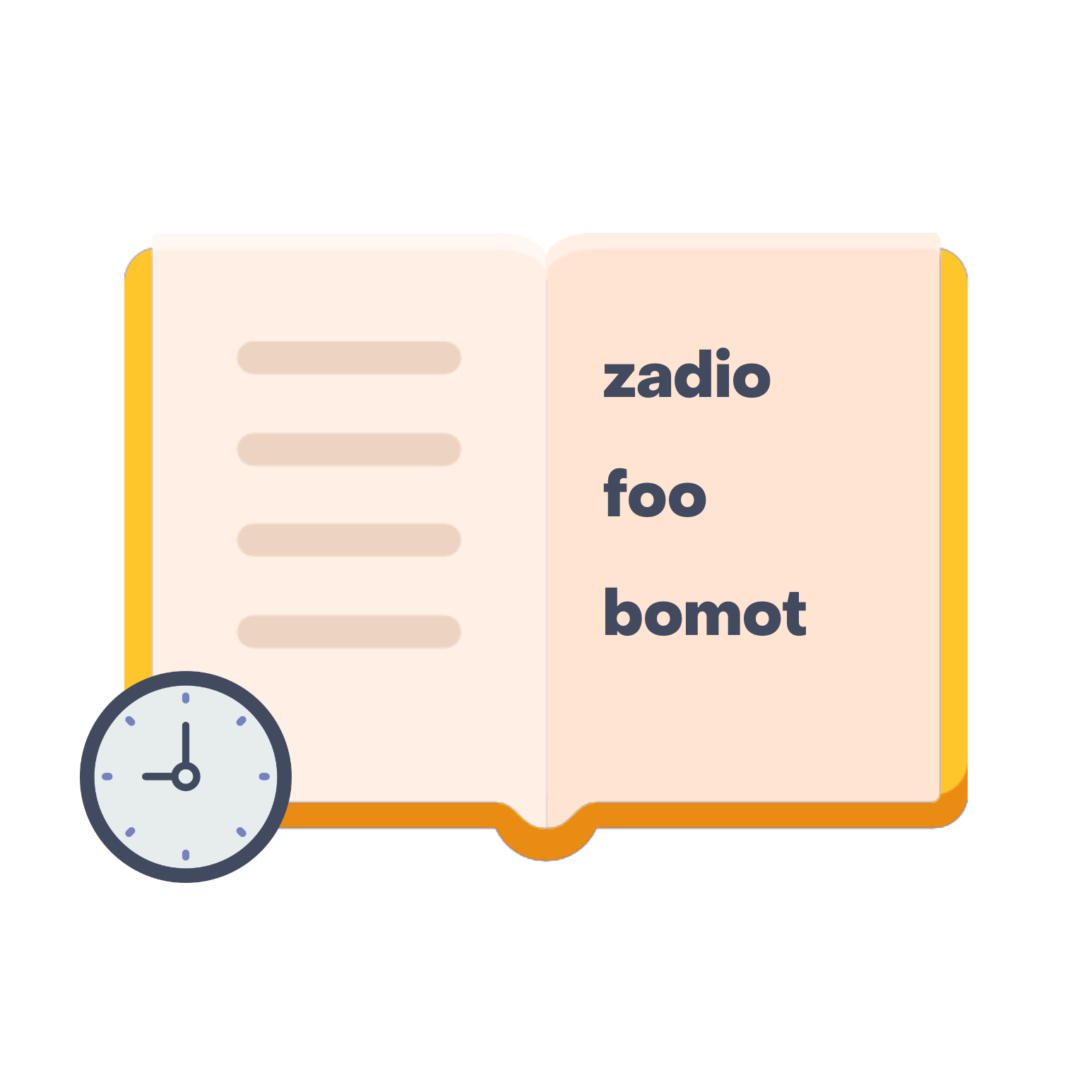
One Minute Pseudoword Reading
This test assesses decoding efficiency in a 1-minute reading-aloud format. Pseudowords present as unfamiliar, meaningless items and therefore the reader relies primarily on his or her knowledge of letter-sound (grapheme-phoneme) correspondences to decode the letter strings. Tests such as this are often considered useful measures of phonological processing, and more specifically of grapho-phonemic decoding fluency.
Age range
This test is suitable for children in Reception Year to Year 6. With very young/inexperienced readers (Reception to mid-Year 1), however, it may add little information over and above its real-word counterpart (One Minute Word Reading Task).
Scoring: accuracy, errors
Accuracy: The main score of reading aloud efficiency is obtained by summing the number of correctly (that is, plausibly) produced responses (including self-corrections) produced in one minute.
Errors: Errors are not usually considered as independent scores in reading efficiency tests. However, for clinical purposes, it is sometimes useful to compare a child’s error rate relative to typical scores for his or her age/grade. This allows practitioners to gauge whether a child is relatively a very slow but accurate reader, whether he or she reads quickly but inaccurately, or slowly and inaccurately. Error scores are obtained here by summing the incorrectly (implausibly) pronounced items as well as skipped and refused items.
Norms
Current English norms are available for children in Years 1 and 2.
Materials for administration
Recording device, Stopwatch, Pseudoword Reading Score Sheet, Pseudoword Reading Card, Pseudoword Reading Instructions
Please ensure you are using the most up-to-date test version:
Test Version: 4
Norm Version: 2
Updated: 23.02.2021
You must be logged in to access test materials.
